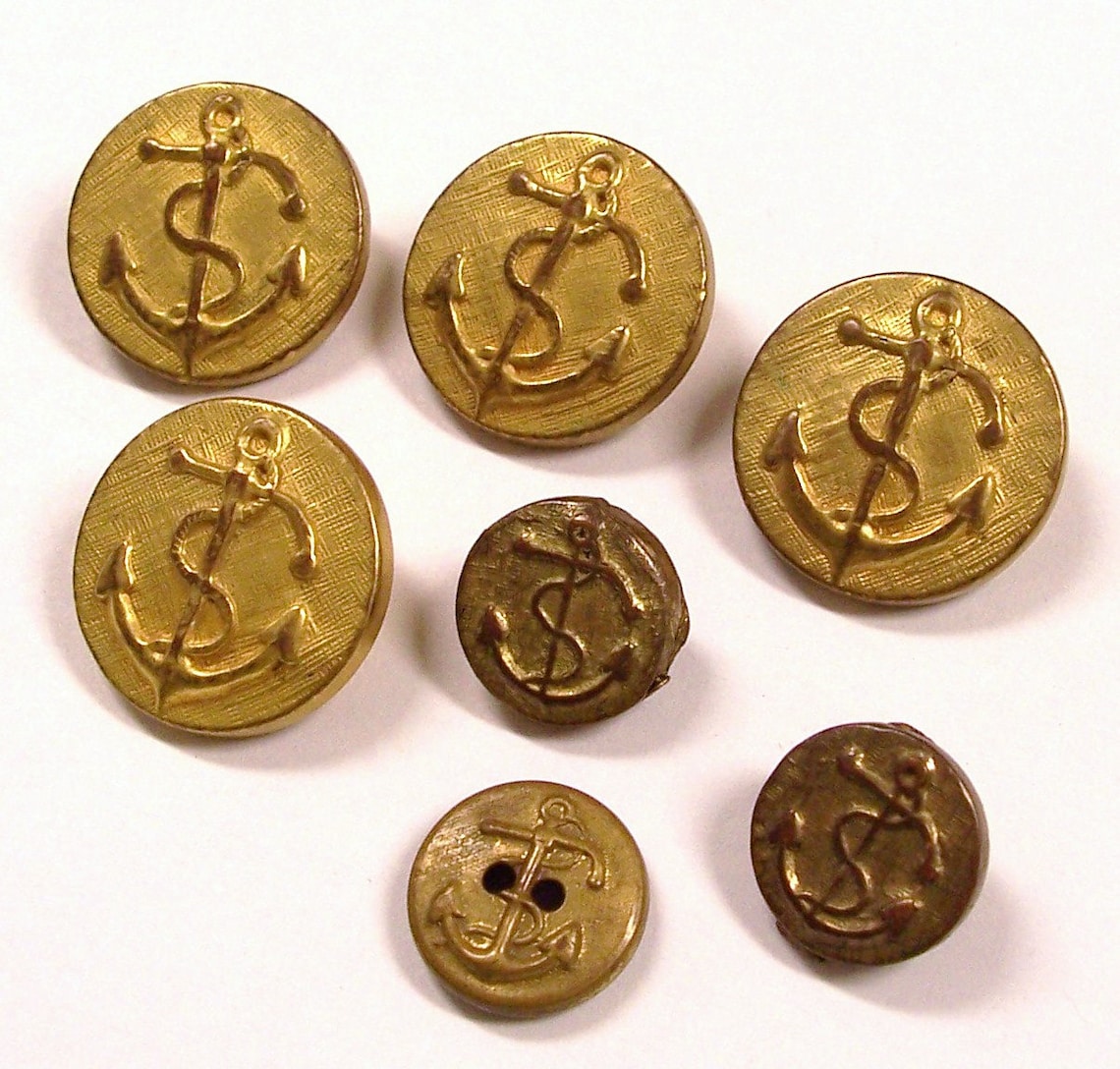

Thus every day we were seeing knowledge drip away as these little pieces of our history are often discarded as 'interesting but unidentifiable'. Today many hundreds a year are discovered by metal detectorists, many of which are unknown and would remain unrecorded as there has not been anywhere to record and identify these items. Recording find spots of unusual or unknown types can help allocate identities to previously non-confirmed issues and can often be the crucial final piece of evidence needed. Many of these units we know little about and often the only surviving artefacts we know of, to even physically show they ever existed, are their uniform buttons. Whilst there are some sites and books that deal with the Regular Regiments of Cavalry, Infantry and the few Corps of the period, there are very few on the ever expanding finds of these smaller irregular units.

You can also try military collector sights to assist in dating and identifying a military button.The Early British Military Button Project aims to record new finds and provide the most definitive resource of these artefacts and covers the militias, volunteers and yeomanry units. However, don't bet the farm that an eBay seller always knows what they have and are selling. There are Military Collectors that buy and sell and can be knowledgeable about what they are selling.

I also use EBay to help identify buttons. Waterbury is a prominent maker of high quality buttons and if your button is back marked Waterbury, you can go to to research your button. If the button is extremely well made and back marked, it also could be military. If the button has an eagle on it, it very well could be US Military. What I am always on the look out for and have never found are Civil War Buttons, which also makes sense since North Dakota didn't become a State until the 1889. This makes sense because North Dakota was on the frontier and home to several forts, including Fort Lincoln, which was the home of the doomed 7th Calvary led by Custer. For example, we found some amazing General Service buttons that we can date from the 1850s to 1902. History and locale will also have an impact on what you find. Most common will be World War II era buttons since so many Americans served in the armed forces during that period. They were generally well made and often back marked. You should expect to find some US Military Buttons in old boxes of buttons.


 0 kommentar(er)
0 kommentar(er)
